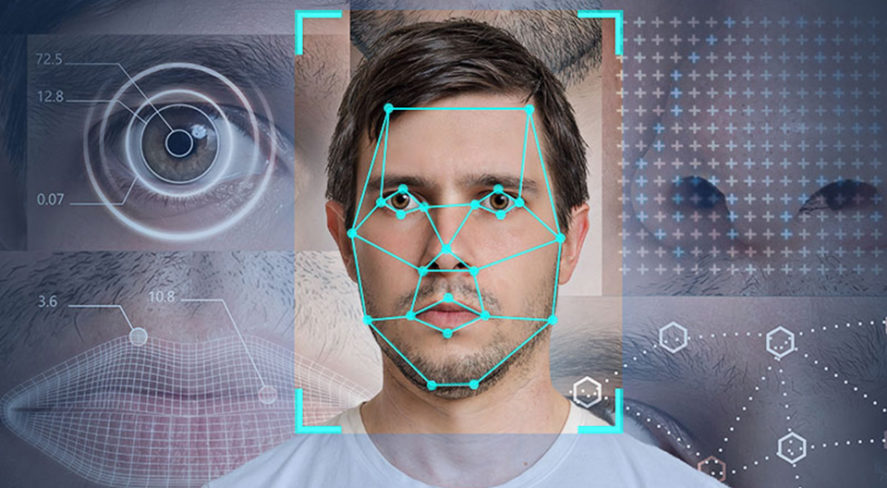
Facial recognition could be useful in the post-coronavirus world (photo: Security Industry Association)
As a native New Yorker, I am saddened that New York has been hardest hit by the COVID-19 virus. The very way of life for New Yorkers – close living and working conditions, reliance on a round-the-clock crowded mass transit system, a vibrant restaurant and bar scene, movie and live performance theaters, national and international transportation hubs, sporting facilities with tens of thousands of seats and over a million children in the public school system – has made the region particularly vulnerable to the novel virus.
We must be real about how long this disease will be with us, its lethal nature and how it has changed our lives. We must also be real about what steps we take to mitigate the impact of COVID-19, both through informed policies and through deployment of the right technologies that can help prevent the spread of this and other infectious diseases in the future.
Support is growing for touchless interactions, to protect the most vulnerable in our communities and our essential workers. Touchless solutions for access or screening required for entry to an area could be game-changers in reducing the spread of the virus and improving public safety.
These solutions can range from relatively low-tech ones like wave-to-open switches, motion sensors, and wireless transmitters to technologies developed to address more complex needs. Many hospitals already use facial matching technology to eliminate the need for frontline health care workers to swipe badges or type in codes to verify their credentials. By simply showing their faces, they are allowed access to clean rooms and other secure facilities. Reducing contact with potentially contaminated surfaces is critical to prevent our health care heroes – who are putting their lives on the line to help others – from becoming infected.
Programming an automatic building or elevator door to open for users would eliminate thousands of touches per day by human fingers and hands. In addition, facial matching technology can ensure that only authorized individuals are permitted to enter a building or workspace. For commercial buildings, thermal technologies can help initially screen entrants at a distance for elevated body temperature, identifying those who may need further testing before potentially exposing coworkers and others to the virus.
As people begin to travel by planes, trains, or buses at any of New York’s major transportation hubs, they will need to pass through security checkpoints, exchange documents with officials, and sit in closed, cramped spaces with scores of strangers. Touchless technologies can decrease the risk of spreading the virus and increase overall passenger safety. For example, New York’s John F. Kennedy International Airport uses facial matching technology to provide touchless security and allow some international travelers to board flights without exchanging boarding passes.
Despite these benefits, some cities have attempted to limit facial matching and other biometric-based or electronic security technologies, even banning their use altogether. In New York, members of the City Council have proposed making it much more difficult for biometric technologies to be deployed for building access and security, and even mandate the use of physical keys in places where they were phased out in favor of electronic systems decades ago. Such restrictions would prevent proven and tested technologies from being used to protect the health and safety of New Yorkers.
Concerns about facial matching technology have garnered much media attention over the last year. Contrary to popular misconceptions, the accuracy of this technology is in fact reaching that of automated fingerprint comparison, which is generally viewed as the gold standard for identification. The National Institute of Standards and Technology (NIST), the world’s leading authority on facial matching technology, has concluded that the software it tests is 20 times better at searching a database to find a matching picture than it was in 2014, and a NIST report last year recorded “close to perfect” results with miss rates averaging just 0.1 percent for the most accurate systems.
Advanced technologies like facial matching offer ready, touchless solutions to many of the challenges we will face in a post-COVID-19 world, which must be implemented in ways that respect privacy while also allowing our society to use science and innovation to be healthier and safer as we seek a return to a more normalized life. The Security Industry Association believes that all technology products must only be used for purposes that are lawful, ethical, and nondiscriminatory. If we work together and embrace it, touchless interface technologies can be one of our formidable frontline defenses to help reduce the spread of COVID-19 and other deadly diseases.
***
Don Erickson is CEO of Security Industry Association. On Twitter @SIAonline.
***
Have an op-ed idea or submission for Gotham Gazette? Email This email address is being protected from spambots. You need JavaScript enabled to view it.




